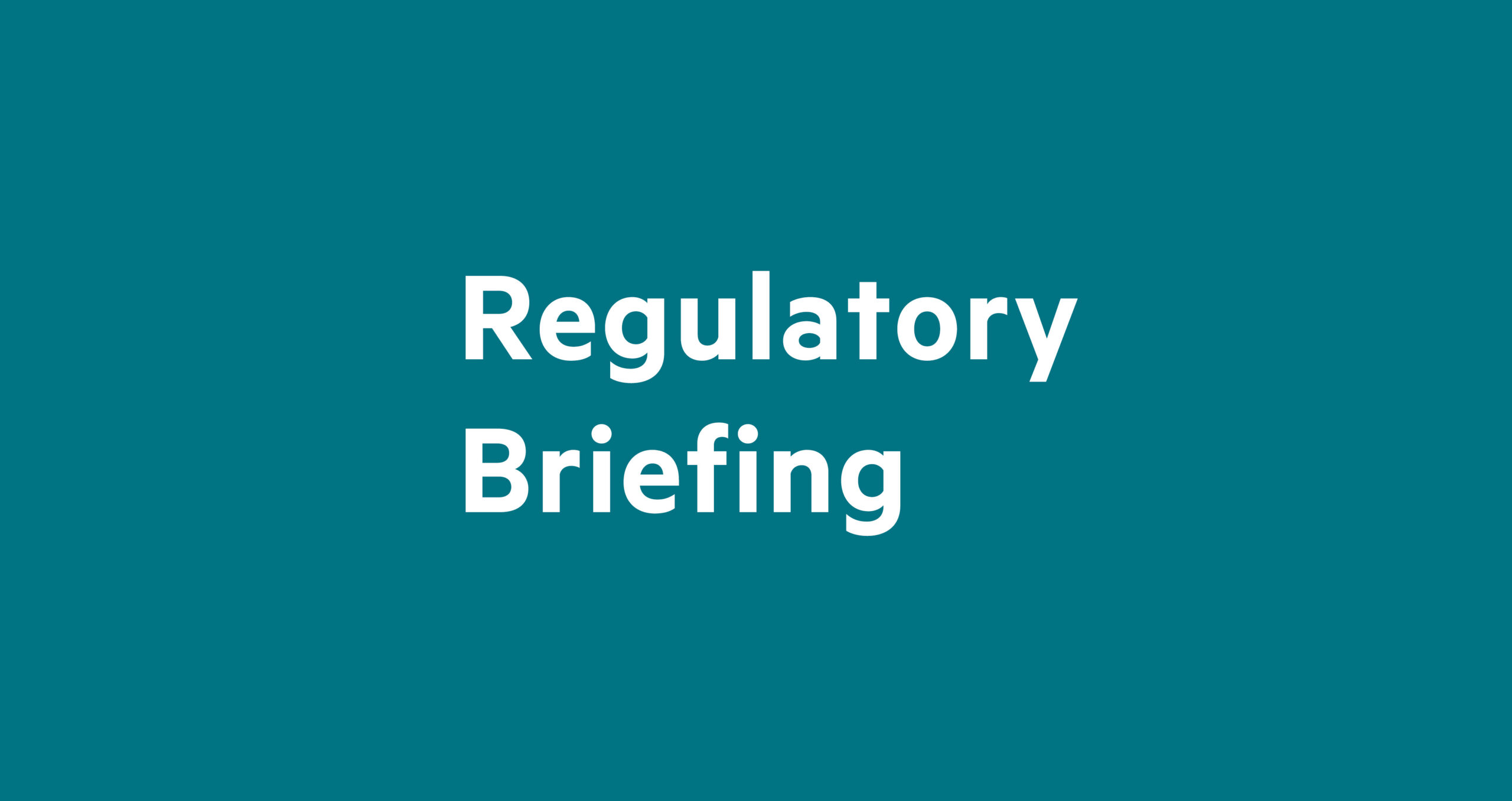
Regulatory Briefing: Central banks network NGFS urges regulators to scrutinise corporate transition plans

The influential Network for Greening the Financial System has become the latest body to suggest that regulators may need to scrutinise companies’ climate transition plans so they can then impose new capital requirements on companies, to capture climate risks.
The NGFS, which counts most leading central banks among its members, examines the proposal in “Capturing risk differentials from climate-related risks: a progress report”. This states corporates’ transition plans could eventually be made mandatory.
The ability to price climate-related risks is a key enabler for investors to integrate climate-related risks and opportunities into their capital allocation decisions, thereby helping to foster a more sustainable future. And supervisors have been looking at how to integrate climate-related risks into their prudential frameworks under the Basel framework. The problem is that conventional risk differential analysis is essentially backward-looking.
The NGFS says: ”One of the avenues explored by supervisors is the adjustment of Pillar 1 capital requirements following a risk-based approach. Such recalibration of existing capital requirements calls for an accurate quantification of the impact of climate-related and environmental factors on financial risks. This paper explores the supporting evidence for introducing adjustment factors into Pillar 1 capital requirements based on the greenness of an asset, underpinned by the theory that risk differentials could arise from potential greater exposure of non-green assets to transition risk.”
It goes on to say that Pillar 2 and Pillar 3 measures may be appropriate as well. (Pillar 1 covers the minimum regulatory capital a firm must hold; Pillar 2 looks at supervisors’ assessments on risk profiles to determine if additional capital should be held; and Pillar 3 covers a set of disclosure requirements).
Brussels and the UK. The NGFS acknowledges that current data and methodologies have severe limitations. Coupled with the backward-facing nature of most analysis, this poses a big challenge – hence the importance that supervisors are placing more broadly on plans with a focus on the future. The European Banking Authority, for example, raised this idea recently in its discussion paper, The Role of Environmental Risks in the Prudential Framework. And in the UK, the government has set up a Transition Plan Taskforce to ensure that companies prepare credible plans to achieve net zero.
That said, some commentators argue that Pillar 1 capital requirements could penalise banks in jurisdictions with tougher climate regulation, and that risks could be better captured in the Pillar 2 or Pillar 3 requirements.
The NGFS report, which is based on a survey of financial institutions, recommends that supervisors help financial institutions to refine forward-looking scenario analysis tools, encourage corporate climate-related financial disclosures – including transition plans and information on alignment with targets – and examine how to better integrate climate-related factors into credit rating and internal credit risk modelling.
Disclosures of climate-related information, including corporate transition plans, “should be encouraged, and could eventually become mandatory”. A risk differential aspect that could merit further analysis, the report continues, “is between green, transition-ready and transition-unprepared companies and the credibility of their transition plans”.
Meanwhile, the NGFS analysis of major credit rating agencies’ methodologies showed “no clear direct evidence of a correlation between the final credit rating and the ESG credit factors affecting an entity. ESG factors are considered as part of the credit rating process but backtesting exercises by [credit ratings agencies] have not attempted to disaggregate the credit impact of ESG factors,” the report says.
Similar Articles

In Brief: EU clean tech investment soars; US increases tariffs on Chinese imports

In Charts: Politicians not providing enough clarity on green policy, say UK businesses


